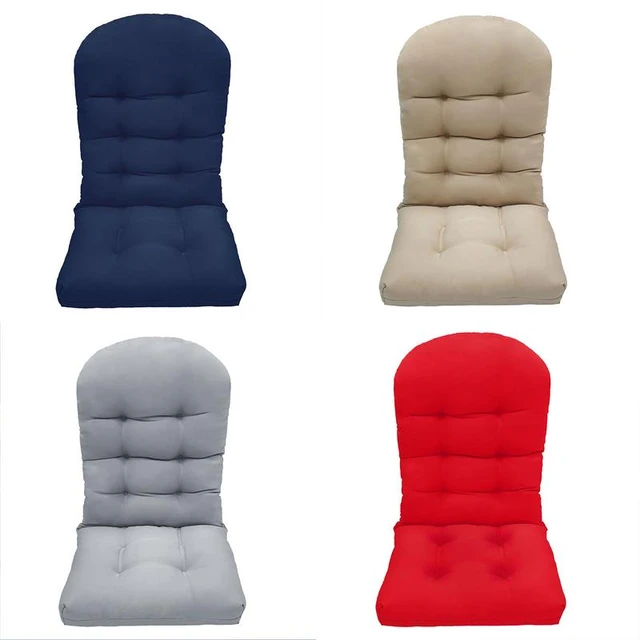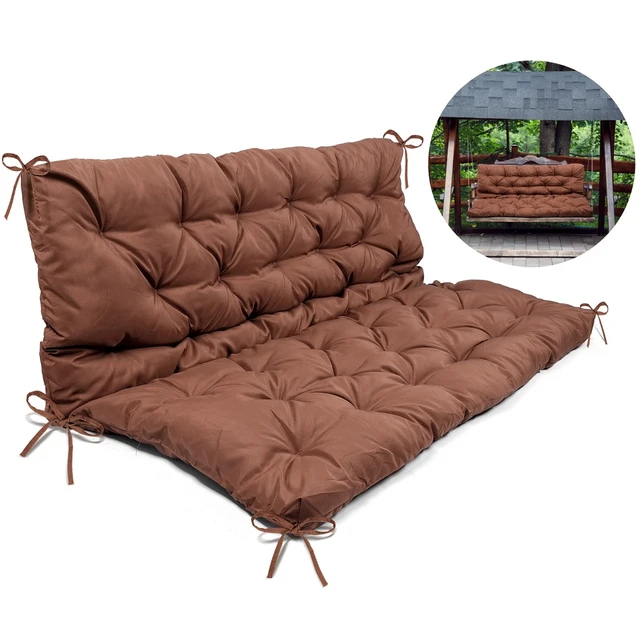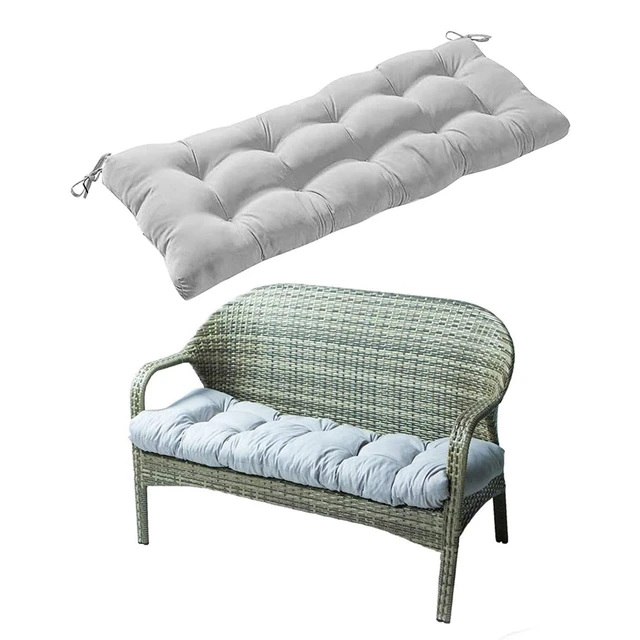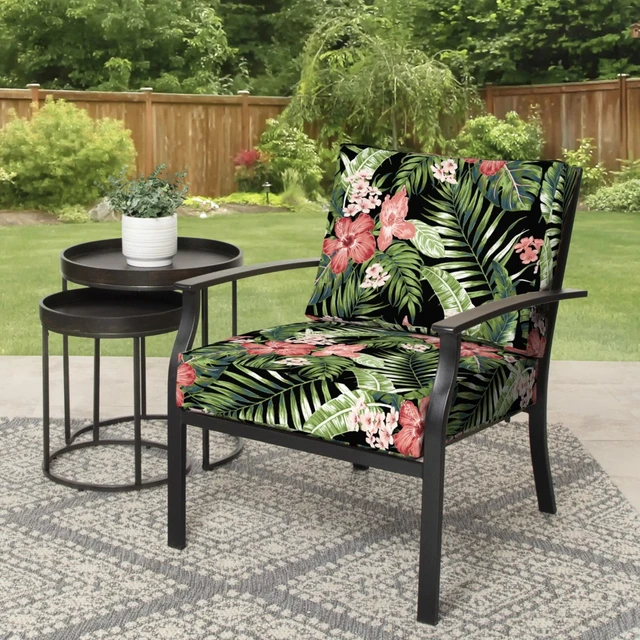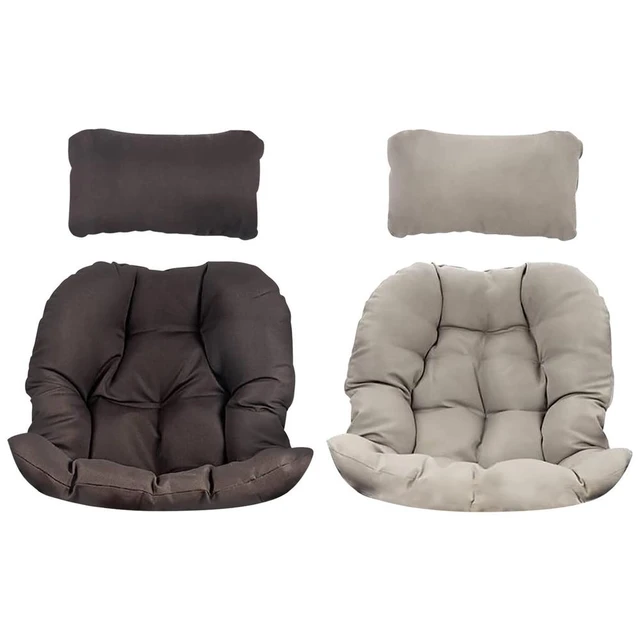 Introduction:
Introduction:
Outdoor cushions provide comfort and style to your outdoor living space, allowing you to relax and enjoy the great outdoors. However, they are susceptible to developing mildew, especially in humid or damp environments. Mildew not only looks unsightly but also poses health risks and can shorten the lifespan of your cushions. Cleaning mildew off outdoor cushions is essential to maintain their appearance, functionality, and longevity.
In this comprehensive article, we will guide you through the process of cleaning mildew off outdoor cushions, offering step-by-step instructions, essential tips, and best practices. From prep work to effective cleaning solutions, we will cover everything you need to know to restore your outdoor cushions to their original beauty.
Some common materials used for outdoor cushions:
Outdoor cushions are designed to withstand outdoor conditions and are made from materials that are resistant to water, sunlight, and other weather elements. Here are some common materials used for outdoor cushions:
Sunbrella Fabric:
Sunbrella is a popular brand of outdoor fabric known for its durability and resistance to fading, moisture, and mildew. It is made from solution-dyed acrylic fibers, which are woven to create a highly durable and fade-resistant material.
Olefin Fabric:
Olefin is another commonly used material for outdoor cushions. It is a synthetic fiber that is resistant to water, stains, and fading. Olefin cushions are often used in more budget-friendly outdoor furniture options.
PVC-coated Polyester:
This material is a polyester fabric that is coated in PVC (polyvinyl chloride). It is water-resistant, easy to clean, and offers good durability for outdoor use.
Textilene:
Textilene is a woven mesh fabric made from PVC-coated polyester. It is highly durable, fade-resistant, and allows for good airflow, making it ideal for outdoor cushions.
Quick-dry Foam:
For the cushion filling, quick-dry foam is often used for outdoor cushions. This foam is designed to allow water to pass through quickly, preventing it from pooling and promoting faster drying.
Dacron or Batting:
Similar to indoor cushions, outdoor cushions may also have a layer of Dacron or batting to provide additional softness and shape to the cushion.
It’s important to note that outdoor cushion materials can vary depending on the brand, manufacturer, and specific product. Always refer to the product information or consult the manufacturer for accurate information about the cushion materials used in a particular outdoor furniture set.
Assessing the Severity of the Mildew:
Visual Inspection: Examine your outdoor cushions for signs of mildew, such as black or gray spots, a musty odor, or a fuzzy texture.
Determining Extent: Assess the extent of the mildew infestation. Determine if it is surface-level or if it has penetrated deep into the fabric.
Identifying Material: Take note of the material of your outdoor cushions, as different materials require specific cleaning methods and products.
Preparing the Cleaning Area:
Choosing the Right Location: Select a well-ventilated and shaded area for cleaning your outdoor cushions, preferably outdoors to prevent the spread of mildew spores indoors.
Removing from Furniture: Take the outdoor cushions off the furniture and place them on a clean and dry surface. This allows for easy access and prevents any damage to the furniture during the cleaning process.
Prepping the Cleaning Area: Lay down a tarp or old towels to protect the ground or any nearby surfaces from cleaning solutions or potential stains.
Removing Loose Debris:
Dry Brushing: Use a soft-bristle brush or a handheld vacuum with a brush attachment to remove loose dirt, debris, and any visible mildew growth from the surface of the outdoor cushions.
Paying Attention to Seams and Crevices: Focus on the seams, corners, and crevices of the cushions, as these areas are more prone to trapping dirt and mildew.
Treating Mildew Stains:
Preparing a Cleaning Solution: In a bucket, mix equal parts white vinegar and warm water. Alternatively, use a commercial mildew cleaner that is suitable for the fabric of your outdoor cushions.
Applying the Cleaning Solution: Dip a clean cloth or sponge into the cleaning solution and gently blot the mildew-stained areas. Avoid rubbing, as it can spread the mildew and further embed it into the fabric.
Allowing the Solution to Soak: Let the cleaning solution sit on the mildew stains for about 15-20 minutes, allowing it to penetrate and loosen the mildew.
Scrubbing: Using a soft-bristle brush, gently scrub the mildew-stained areas in a circular motion. Apply light pressure to avoid damaging the fabric.
Rinsing: Rinse the cushions thoroughly with clean water to remove the cleaning solution and any residual mildew. Ensure that all traces of the cleaning solution are removed.
Deep Cleaning and Sanitizing:
Soaking Cushions: Fill a large basin or bathtub with warm water and add a mild detergent specifically formulated for outdoor fabrics. Submerge the cushions and allow them to soak for about 30 minutes to an hour.
Agitating the Water: Gently agitate the water to help release embedded dirt and remnants of mildew.
Scrubbing: Using a soft-bristle brush or a sponge, scrub the cushions in a circular motion to remove any remaining stains, dirt, or mildew.
Rinsing Thoroughly: Drain the soapy water and refill the basin or bathtub with clean water. Rinse the cushions until the water runs clear, ensuring that all detergent residue is removed.
Squeezing Out Excess Water: Gently squeeze the cushions to remove excess water, being careful not to wring or twist the fabric. Avoid putting excessive pressure on the cushions, as it can damage the filling or affect their shape.
Drying the Cushions:
Towel Drying: Lay the cushions flat on clean and absorbent towels. Roll up the towels with the cushions inside to gently press out excess water.
Air Drying: Place the cushions in a well-ventilated area outdoors, preferably in a shaded spot, to air dry completely. Avoid direct sunlight, as it can fade or damage the fabric.
Fluffing and Shaping: While the cushions are still slightly damp, fluff and shape them to restore their original loft and form. This helps prevent them from becoming lumpy or misshapen.
Reversing and Rotating: Flip the cushions periodically during the drying process to ensure even drying on both sides. This helps prevent trapped moisture and potential mildew growth.
Preventive Measures and Maintenance:
Regular Cleaning Schedule: Develop a routine of cleaning your outdoor cushions regularly, even if mildew is not evident. Regular maintenance helps prevent mildew growth and keeps your cushions looking fresh and vibrant.
Proper Storage: During periods of non-use or inclement weather, store your outdoor cushions in a dry and well-ventilated area. Use breathable storage bags or covers to protect them from dust and moisture.
Adequate Air Circulation: Ensure that your outdoor cushions have sufficient air circulation, both during use and storage. This helps prevent the buildup of moisture and creates an environment less conducive to mildew growth.
Conclusion:
Cleaning mildew off outdoor cushions is essential to maintaining the appearance, functionality, and longevity of your outdoor furniture. By following the steps outlined in this comprehensive guide, you can effectively remove mildew stains and refresh your outdoor cushions. Regular cleaning and preventive measures help prevent the recurrence of mildew growth, ensuring that your outdoor cushions remain fresh, vibrant, and comfortable for years to come. Embrace the beauty of your outdoor living space by dedicating the time and effort to clean and maintain your outdoor cushions, creating an inviting and enjoyable environment for relaxation and socializing.
